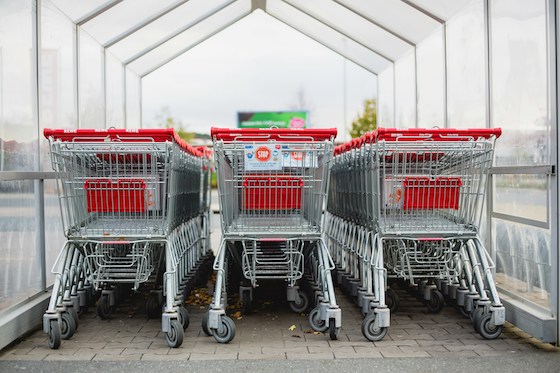eCommerce merchants have just been given something to think about: the option to incorporate Amazon’s “Buy with Prime.” The company announced that this program, already available to third-party merchants on Amazon, will be available in to non-Amazon merchants in the U.S. starting January 31.
Backing up, what is Buy with Prime? The service allows third-party merchants to offer Prime benefits to their customers, such as free shipping and easy returns. As noted, the program has been available since Spring 2022 for “Fulfilled by Amazon” (FBA) third-party merchants that operate on Amazon.
The difference with this latest update is that the service will be offered to third-party merchants who operate outside of Amazon. It brings Amazon Prime functionality to their bespoke apps and sites. This makes it a sort of “eCommerce as a service,” which could be a new strategic direction for Amazon.
In fact, Amazon is one of the original “as a service” players, given the success of AWS. In fact, AWS had a similar roll-out, operating first as an internal function before being spun out as a service. This playbook has also been applied to other products such as Amazon’s “Just Walk Out” retail-as-a-service play.
Prime Positioning
So what are the benefits for merchants who adopt “Buy with Prime.” For one, it utilizes Amazon’s proven logistics and processes, rather than having to reinvent the eCommerce wheel. Amazon also sells it as a customer-first play in that they’re offered faster delivery, easier checkout flows, and free returns.
Along with these core functions, Amazon is adding the ability to power eCommerce sites’ product reviews. The way this works is that any reviews on a given eTailers products on Amazon flow into their own website, thus populating their sites and apps with reviews content and boosting consumer trust.
To put some numbers behind these benefits, Amazon says that Buy with Prime (the version it has offered to FBA merchants on Amazon) has increased shopper conversions by 25 percent on average. There’s also an implicit level of trust that customers have in dealing with a known quantity for shipping.
This has been validated through a few brands Amazon has been working with, including security camera provider Wyze, which saw 25 percent conversion boosts. Skincare brand Trophy Skin has meanwhile accomplished 30 percent conversion deltas, while drink mix brand Hydralyte reports a 14 percent boost.
Big Decision
As for the decision to integrate all the above (which can be done in a no-code way), merchants have to determine if the benefits outweigh the cost. For the latter, Amazon charges a fulfillment fee that’s based on transaction volume on a given site. This covers things like shipping and payment processing.
Or, According to Amazon’s FAQ:
Buy with Prime’s cost per unit will depend on multiple factors, including product dimensions and weight, average selling price and number of units per Buy with Prime order. The cost includes fulfillment, storage, payment processing, and service fees that are calculated per unit. The cost of returns is included in the fulfillment fee. Merchants pay for what they use, and all fees, except for those incurred for storage, are charged only after merchants make a sale. Upon being invited to the program, our sales team will explain the pricing in detail.
For FBA merchants, Prime services were previously offered to bring more products and merchants into the Amazon tent. But for third-party sites, this could be more of a revenue center for Amazon. And if that’s indeed the play, it works towards Amazon’s ongoing quest to grow and diversify revenue.
Just like its moves into advertising, retail-as-a-service, and AWS, these adjacent products help Amazon maintain revenue growth as its core eCommerce business matures. Spinning out “eCommerce as a service” is well aligned with this playbook. We expect to see more moves like this from Amazon.



